Mayco Flux interacts with other glazes to create movement, bringing about “hidden” colors and visual texture.
Cone 6 chips have been fired flat in oxidation on white stoneware body.
Cone 10 chips have been fired flat in reduction on white stoneware body.
SW-401 Light Flux and SW-402 Dark Flux are mid-range glazes that were developed to be used in combination with other mid-range glazes to produce flowing effects. Designed to fire to cone 5/6, but can be fired to cone 9/10 (movement will be more pronounced at higher temperatures).
The order in which you apply Mayco Flux – above or beneath another glaze – impacts the fired result. Designed to fire to cone 5/6, but can be fired to cone 9/10. Variables that influence movement include the fluidity of the companion glaze, application methods, thickness and orientation of application, number of coats, firing temperature and program. To prevent glaze run-off, avoid applying Flux to the bottom third of your ware. The unique material composite of Flux alters the character of the supplemental glazes, when applied in combination.
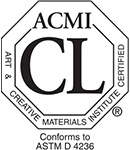

SW-401 Light Flux and SW-402 Dark Flux bear a Non-Toxic label according to FDA standards. Light and Dark Flux are Dinnerware Safe when used according to manufacturer’s directions and fired to the clay body’s vitrification temperatures. However, discretion and judgment should be used if the glaze surface is heavily textured, less from a safety and more from an aesthetic perspective. Note: Finishedware producers may be required to have their ware food safe tested prior to introducing into commerce.
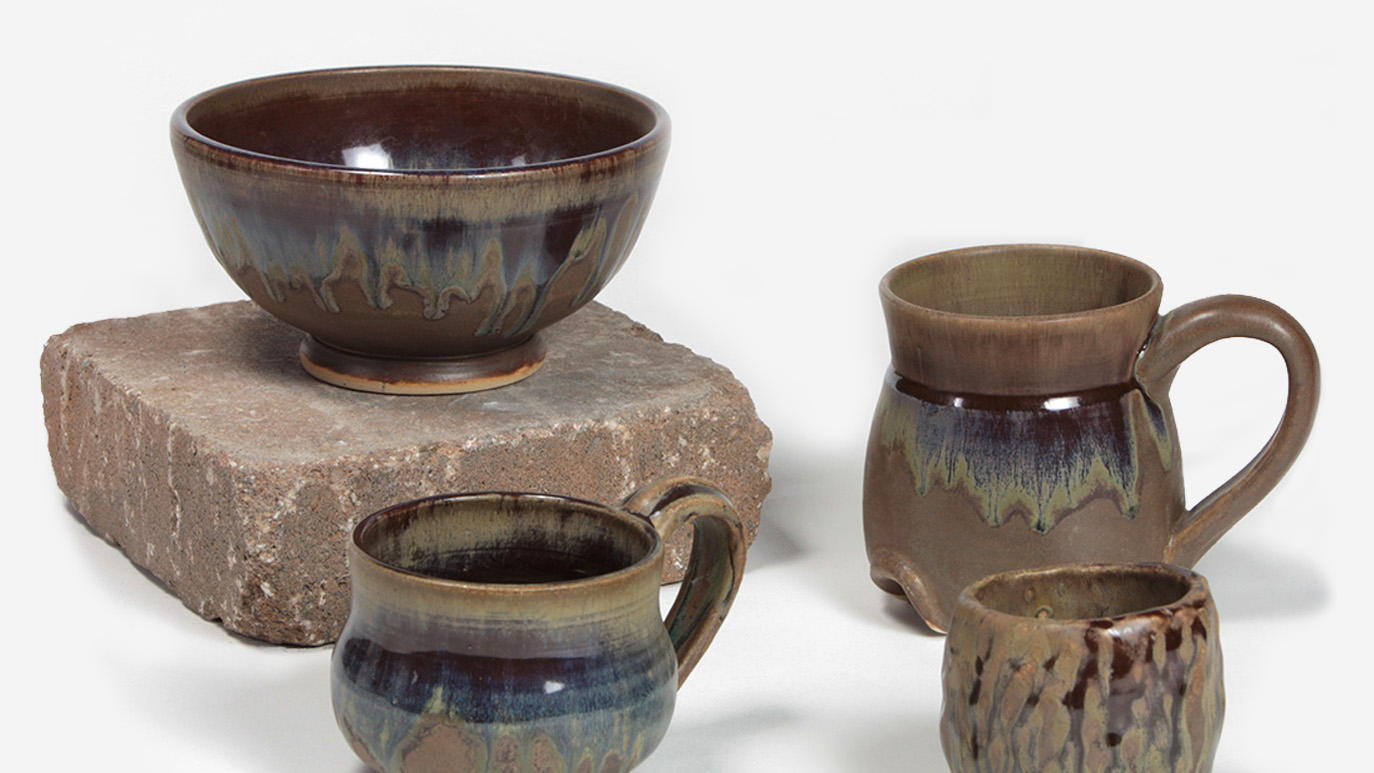
Layer Light or Dark Flux with Stoneware glazes at cone 6 or cone 10 temperatures.
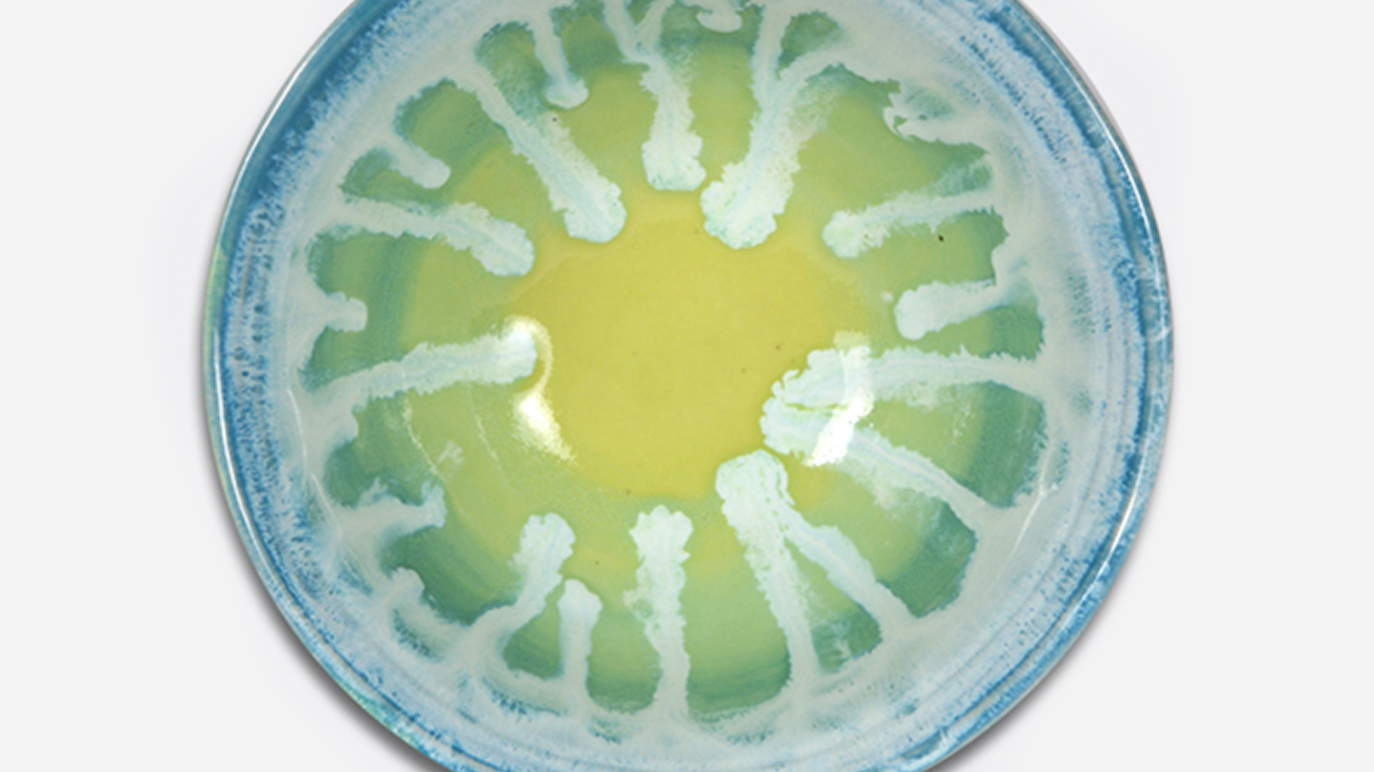
Layer Light or Dark Flux with Stroke & Coat® glazes at cone 6 or cone 10 temperatures.
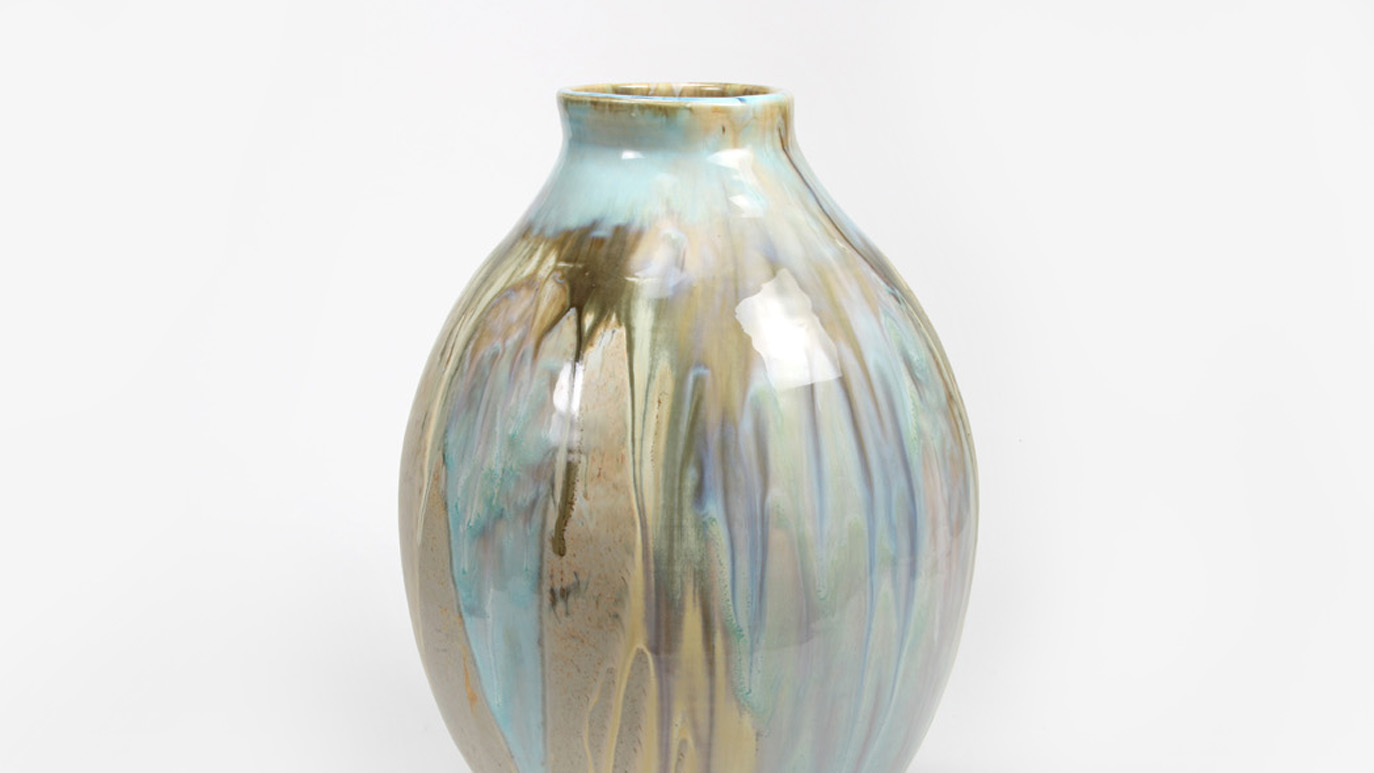
Flux can be applied randomly or uniformly, brushed, plopped or dabbed on with a sponge.
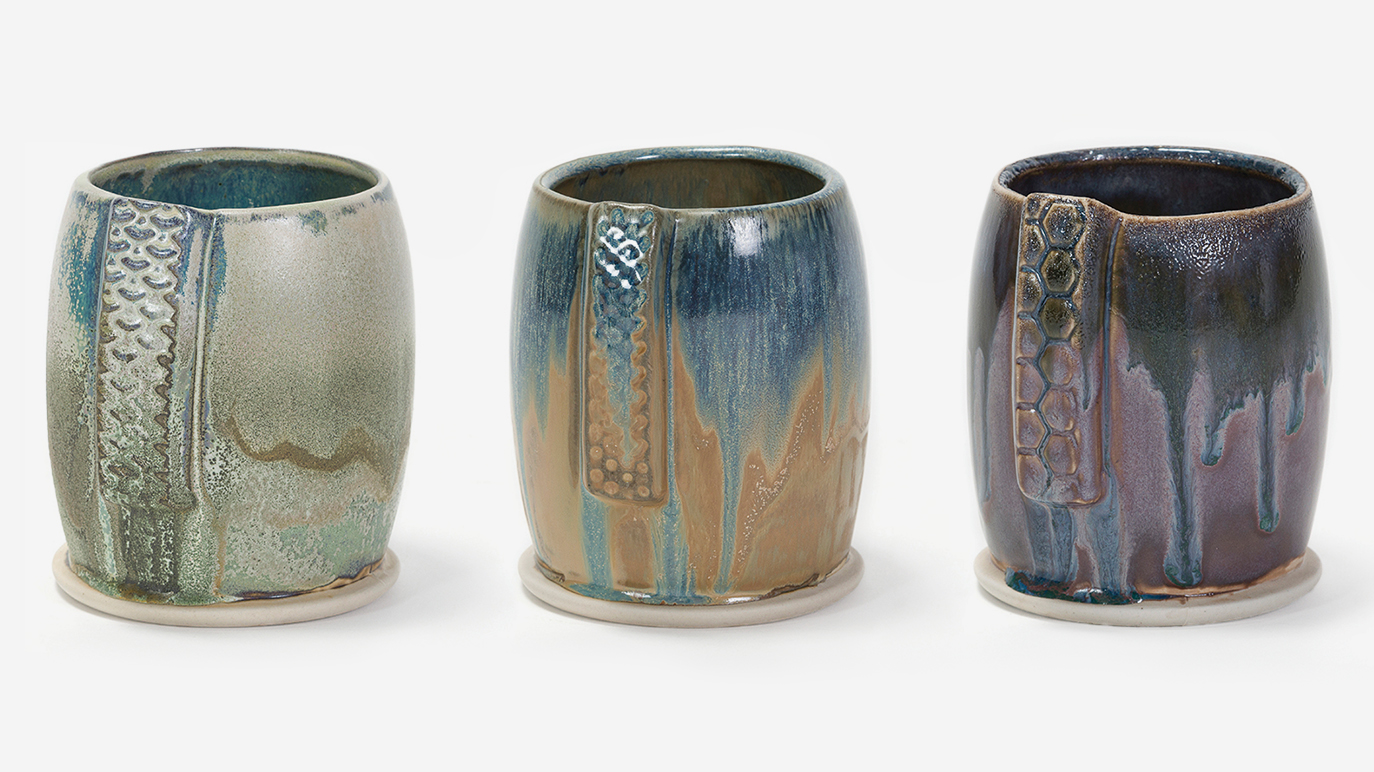
Designed to fire to cone 5/6, but can be fired to cone 9/10 (movement will be more pronounced at higher temperatures).
We recommend applying 2-3 coat of Flux layered with your favorite glaze to create variation in the color and enhance mobility. The order in which you apply Flux – on top of or underneath another glaze – impacts the fired result. Flux can be brushed in layers, glaze trailed, plopped with a brush, and blotted with a sponge. The thicker the application, the more mobility there will be. One single coat of Flux will affect the color, but will have little effect on the mobility of the glaze. There are many variables that influence the movement, including the fluidity of the glazes being layered, application methods, thickness and orientation of application, number of coats, firing temperature and program. Location of application matters; it is best to avoid applying Flux to the bottom third of the ware to prevent glaze run-off.
When applied in combination, Flux alters the characteristics of the supplemental glazes. That being said, Flux works well with just about any glaze, but expect variation in color, mobility, and sometimes the finish (it will turn matte glazes glossy). Stoneware glazes and Stroke & Coat both work great with Flux! The color variation and fluidity of Flux combinations are dependent upon the thickness of application and what glazes are being layered. Layering a very stable product such as our Stoneware Gloss glazes or select Stoneware Matte glazes will produce less mobility than layering with our Stoneware Classics or Crystal glazes, which are more dynamic glazes. We always recommend testing before applying to a piece.
Light Flux is a cream color with a slight translucency. Dark Flux on the other hand is a semi-transparent brown with movement of additional coats. They are relatively stable when used alone, but can have some mobility if applied thick enough. Both Flux colors will influence the layered glazes in different ways to bring out unique colors.
We recommend testing all combinations with Flux by applying to the inside of a piece or loading your ware over a cookie/kiln brick as a precautionary measure since this product does enhance mobility. Keep in mind, application on vertical pieces will have significantly more movement than horizontal pieces.
As with all of Mayco’s Stoneware glazes, Fluxes have a firing range from cone 5 to cone 10. No particular firing schedule is necessary to achieve the beautiful variation that these glazes create. The samples that we showcase in our promotional material and literature are applied to a white clay body and fired to cone 6 unless otherwise noted. Expect some variation in the results depending on the glaze thickness, clay body, firing atmosphere, and firing temperature. We have cone 10 reduction results on our website, in our Stoneware Brochure, and listed on the label.
The Stoneware Flux’s are both Food Safe and Dinnerware Safe when used according to manufacturer’s directions. However, discretion and judgment should be used if the glaze surface is heavily textured, less from a safety and more from a performance perspective. This product is intended to be used in combination with other glazes so although these products are both Food and Dinnerware Safe, using them in combination can cause reactions depending on what products are used with them, how thick the products are applied, how many products are being used, clay body, firing temperature, and firing atmosphere. So, from a Dinnerware Safe perspective, these are things that the user should consider. As for Food Safety in combinations, we have not sent every possible combination out for Food Safe testing, but we have no reason to believe that layering 2 Food Safe glazes would produce adverse effects. More information about Food and Dinnerware Safe guidelines.